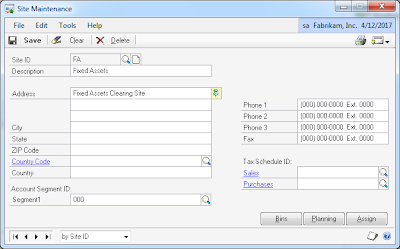Microsoft Dynamics GP Architectural Foundations Series - Built to Grow

This is article 3 of 7 from the series Microsoft Dynamics GP Architectural Foundations Series - featuring Microsoft's Tim Brookins . Tim's whitepaper was originally published in 1999 and it's reproduced here with his permission. Built to Grow We began our discussion with the premise that the true value of a business management system is in the product’s functionality. Our “Built to Last” architectural value allows us to “plug in” new technologies, giving end users access to leading edge technologies while also protecting the functionality from changes in technology. We have established an architecture that allows our product to be “Built to Last,” which allows us to turn our attention to the task of ensuring we can add new functionality to the product. We call this value “Built to Grow.” At Great Plains, we ensure our product is built to grow in three primary ways. Solid Foundation A software developer can’t add new functionality if they are always busy fixing the old func

